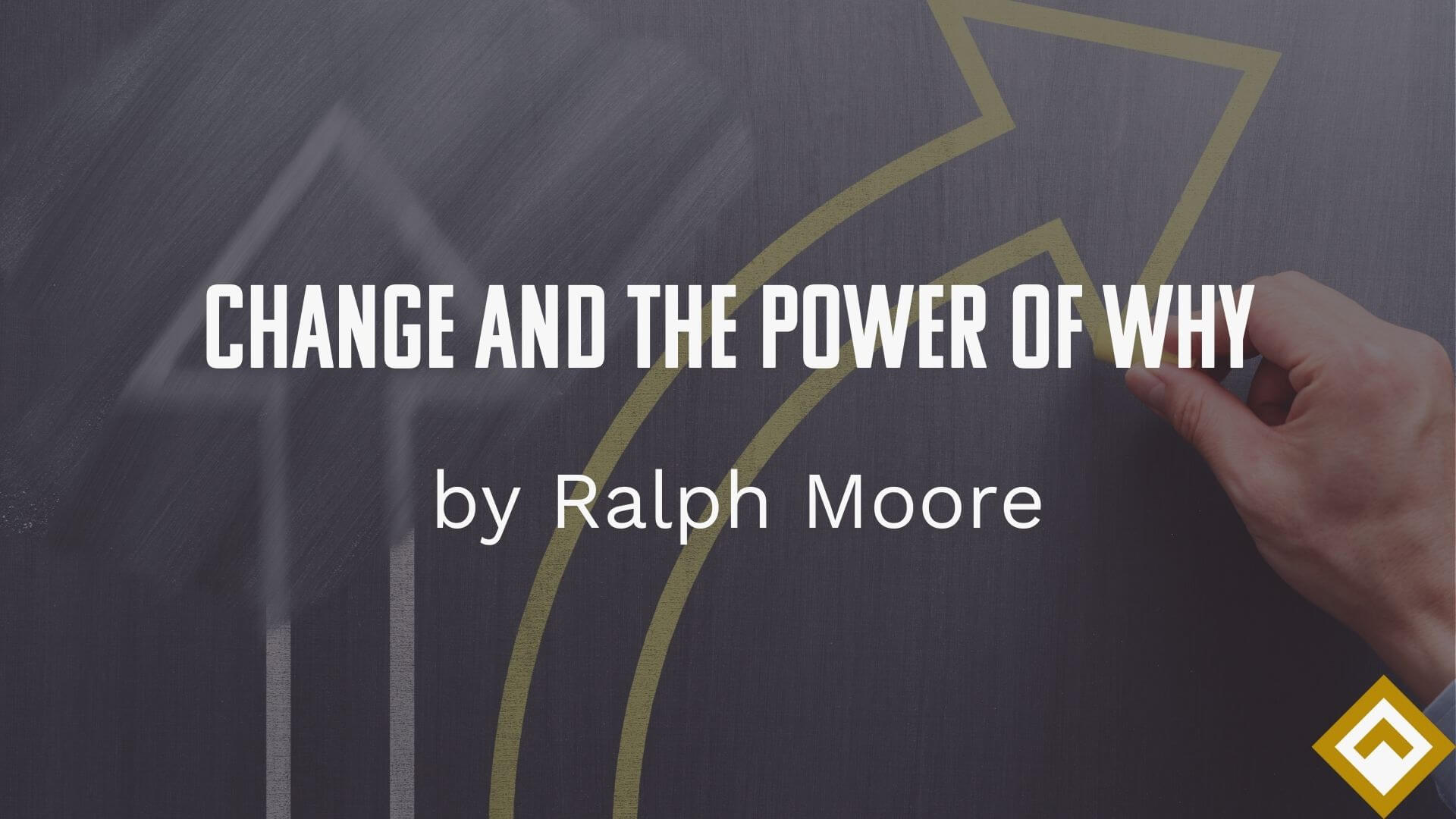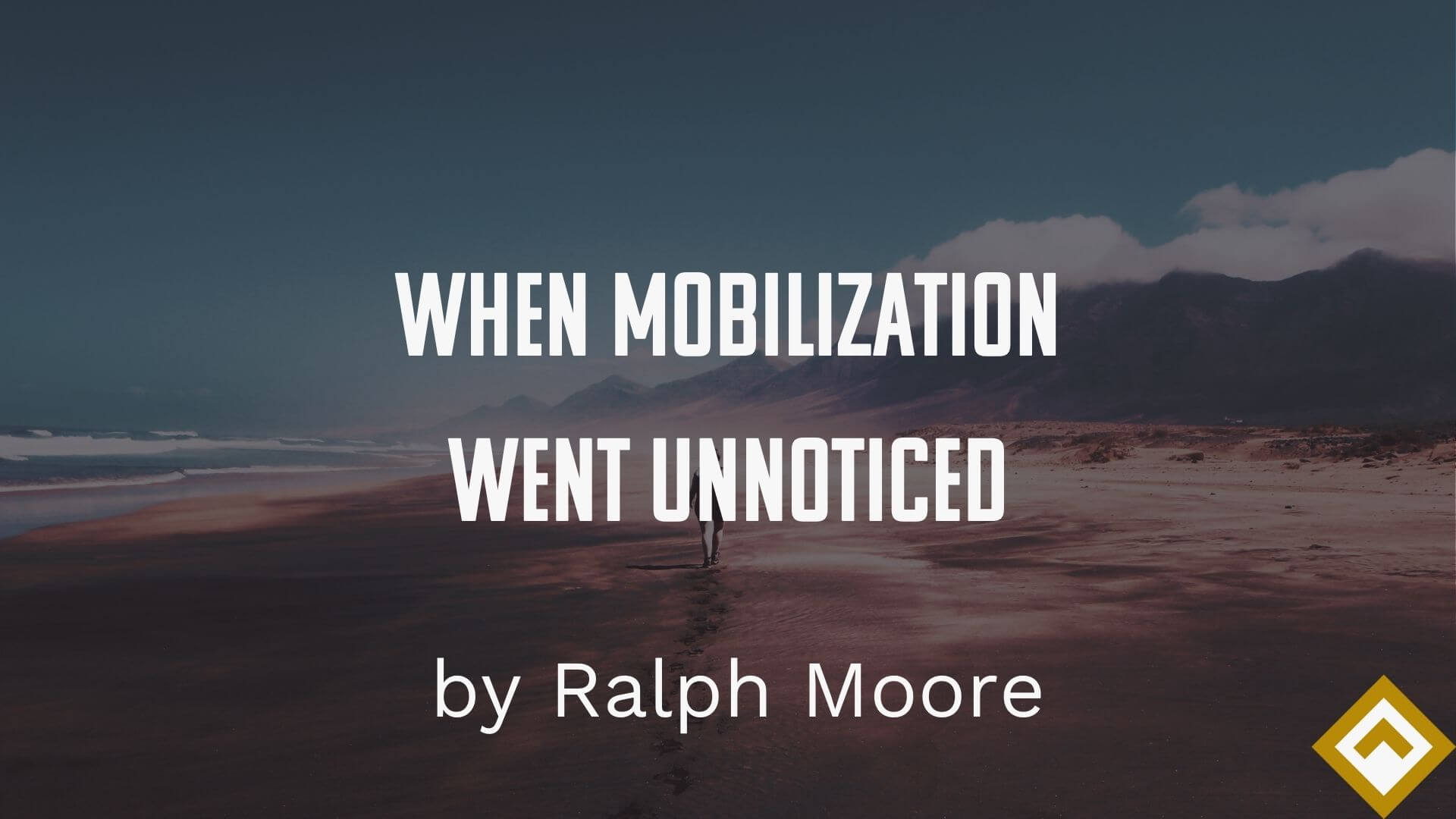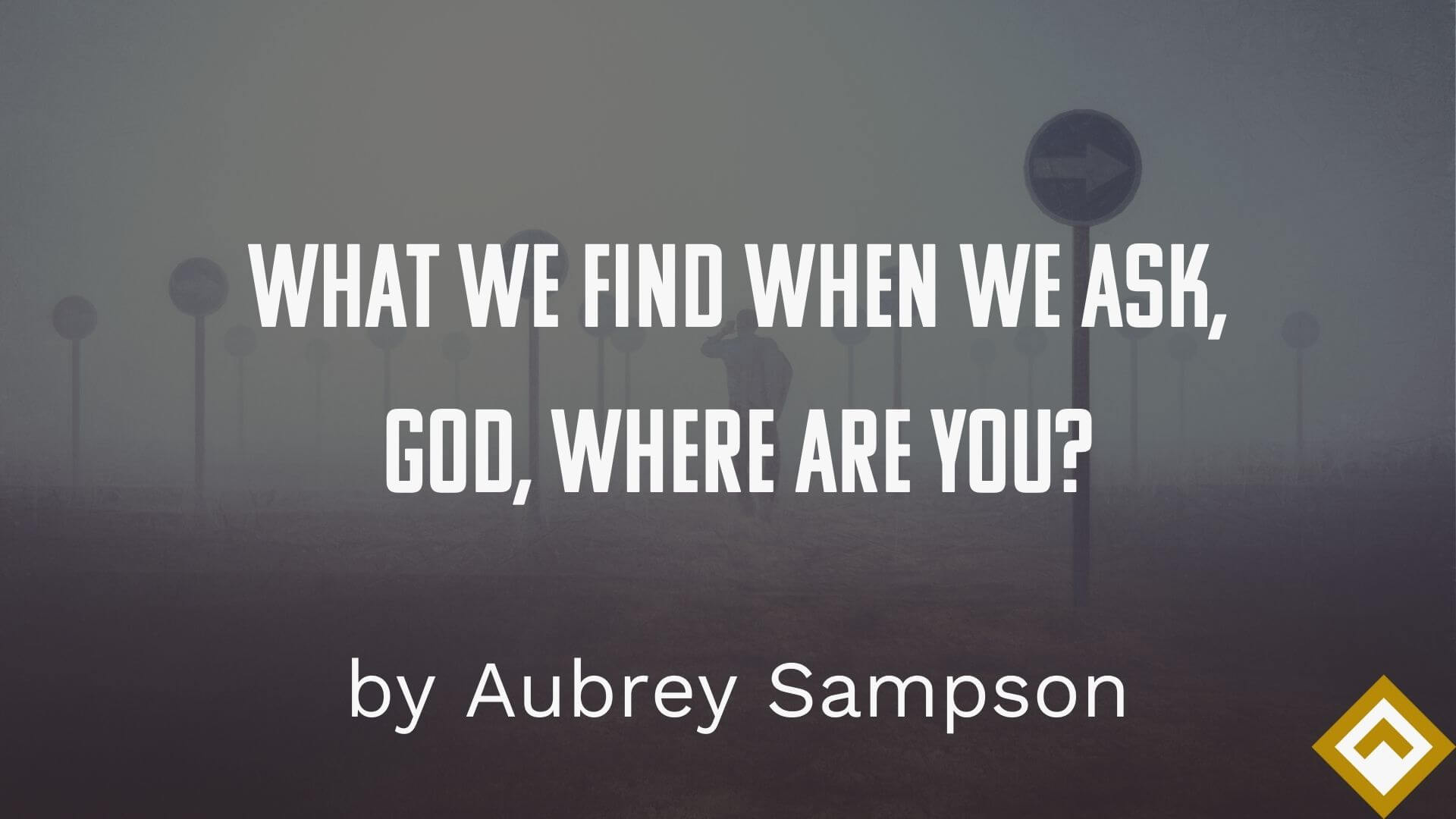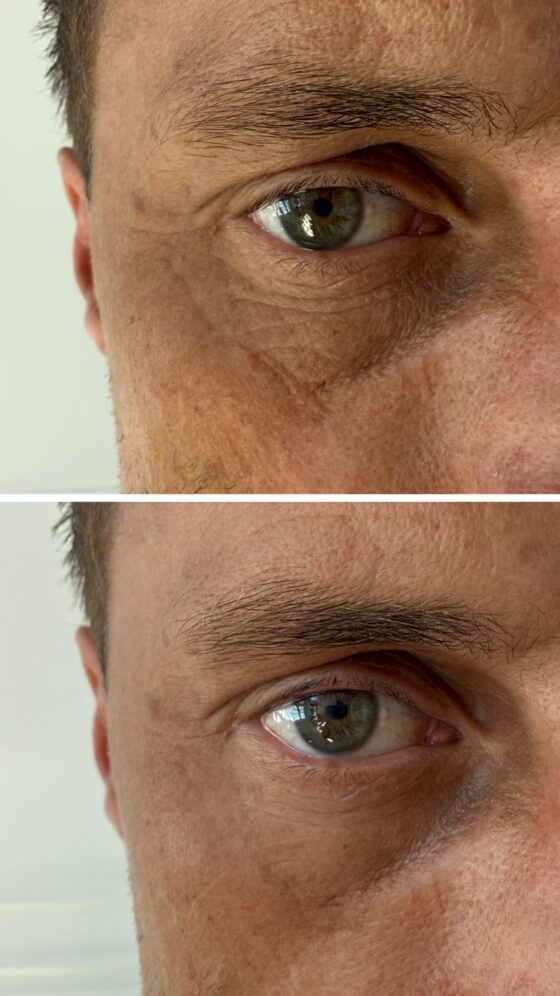Change and the Power of Why

One of the ongoing struggles in church leadership is learning to separate vision from strategy, especially when leading people toward change. Too often, we focus on the how—how something will be implemented, who will be involved, where it’s going to happen—but we overlook the deeper question: why are we doing this?
If we don’t understand the why, we can easily lose our way. Whether we’re implementing a new ministry initiative or planting a new church, we must always return to the deeper purpose. That’s what moves hearts. That’s what brings lasting change.
The Theology Behind the Tasks
Back in the days before cell phones, during the early stages of church planting, I carried a lightweight notebook with me everywhere I went. I used it to jot down ideas and outline the functions of the church—everything from ushering and greeting, to children’s ministry and even parking lot coordination.
Each page in that notebook represented a different ministry area. But more importantly, for each task, I would try to write out a theology for why we were doing it. What does the Bible say about the way we welcome people? How should our values shape even something as mundane as parking cars?
That may sound overly detailed, but I found it grounding. When we rooted every form and function in biblical principle, we kept ourselves from drifting. We weren’t just copying what we saw elsewhere—we were aligning every action with a spiritual foundation. The form of ministry should flow naturally from its function, and both should be driven by the why.
Know Your People’s Capacity for Change
Another challenge we face is failing to fully consider the capacity of the people who will implement the changes we dream up. Vision without compassion becomes a burden.
That’s why my best advice is this: make haste slowly. Take the time to explain what you’re doing and why. Most change starts in the pulpit, but it must also filter down into smaller circles—first to your core leaders, then into the conversations they have with the people they lead.
The Pulpit as a Tool for Change
I was mentored early on by Robert Schuller. At the time, he led a church of over 8,000 people, what would eventually become the Crystal Cathedral. He once said he could “counsel all 8,000 people,” and while he may have been thinking psychologically as much as spiritually, there’s real truth in that statement.
We often underestimate the power of the pulpit. When you stand before people with a microphone around your neck, they listen. They trust. They believe what you say. That platform gives you a unique opportunity to shape culture and guide people through change—if you use it wisely.
One of the best ways to bring people along in a season of change is to treat your announcements like progress reports. Weave them into sermons if possible but state them clearly.
Start simple: “I’ve been thinking about something…”
A week or two later: “This is something we’ve been talking about as a staff…”
Then: “Here’s what we think it could look like. We’d love your input.”
Eventually: “We’re going to test this out.”
And finally: “Here’s where we’re going.”
That kind of transparency builds trust. It gives people space to catch up emotionally and spiritually. It invites them into the process rather than surprising them with a decision. More than that, it respects the tremendous trust that God has placed in you—the leader who speaks to His people every week.
Final Thoughts: Lead with Humility
Strategic change requires more than clever ideas or fast execution. It requires wisdom. It requires humility. And above all, it requires a clear and compelling why. When we lead with that—anchored in scripture, thoughtful about people’s capacity, and respectful of the pulpit—we guide our churches not just through change, but toward transformation.
Ralph Moore is the Founding Pastor of three churches which grew into the Hope Chapel ‘movement’ now numbering more than 2,300 churches, worldwide. These are the offspring of the 70+ congregations launched from Ralph’s hands-on disciplemaking efforts.
He travels the globe, teaching church multiplication to pastors in startup movements. He’s authored several books, including Let Go Of the Ring: The Hope Chapel Story, Making Disciples, How to Multiply Your Church, Starting a New Church, and Defeating Anxiety.
The post Change and the Power of Why appeared first on Newbreed Training.
























